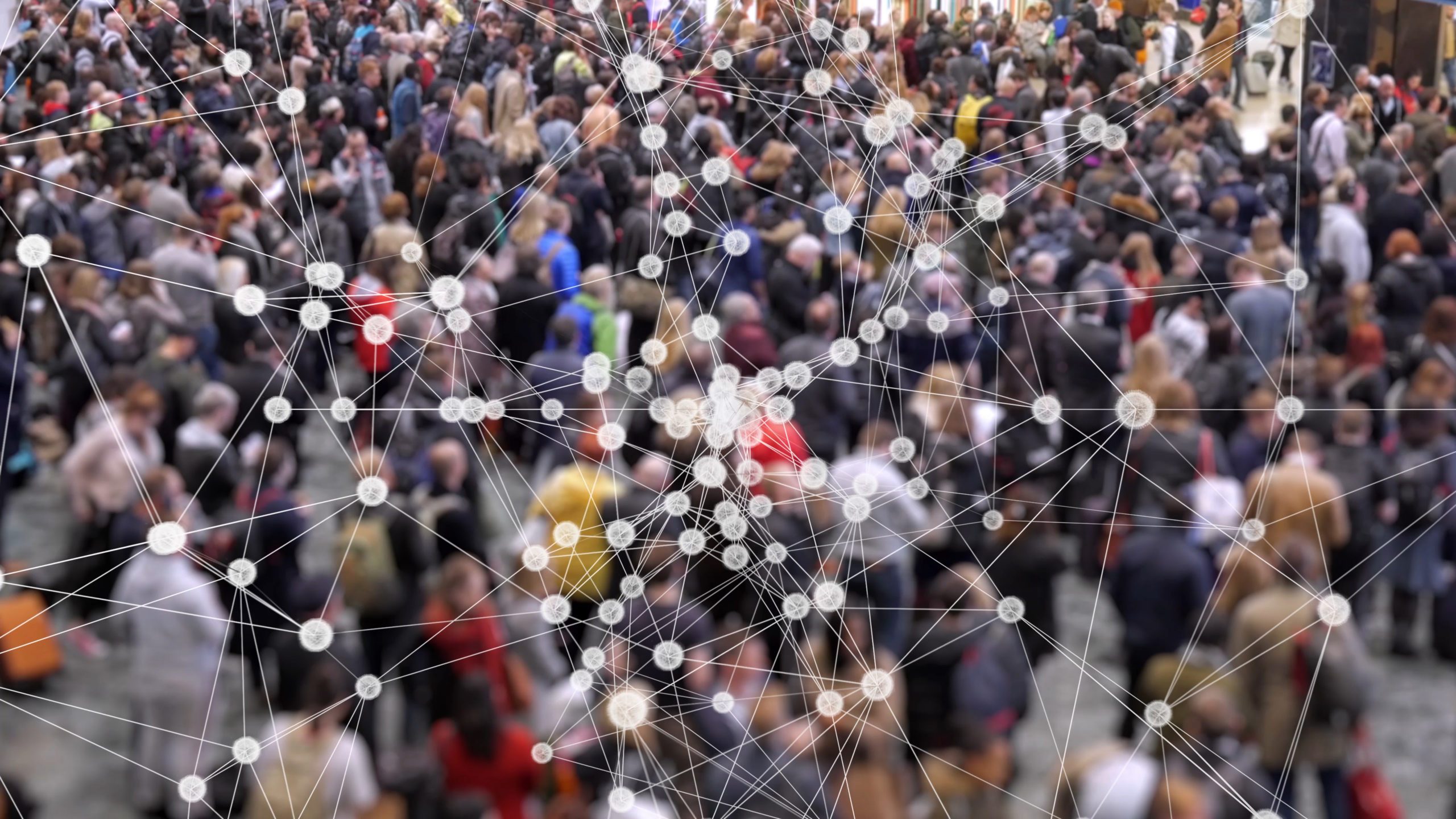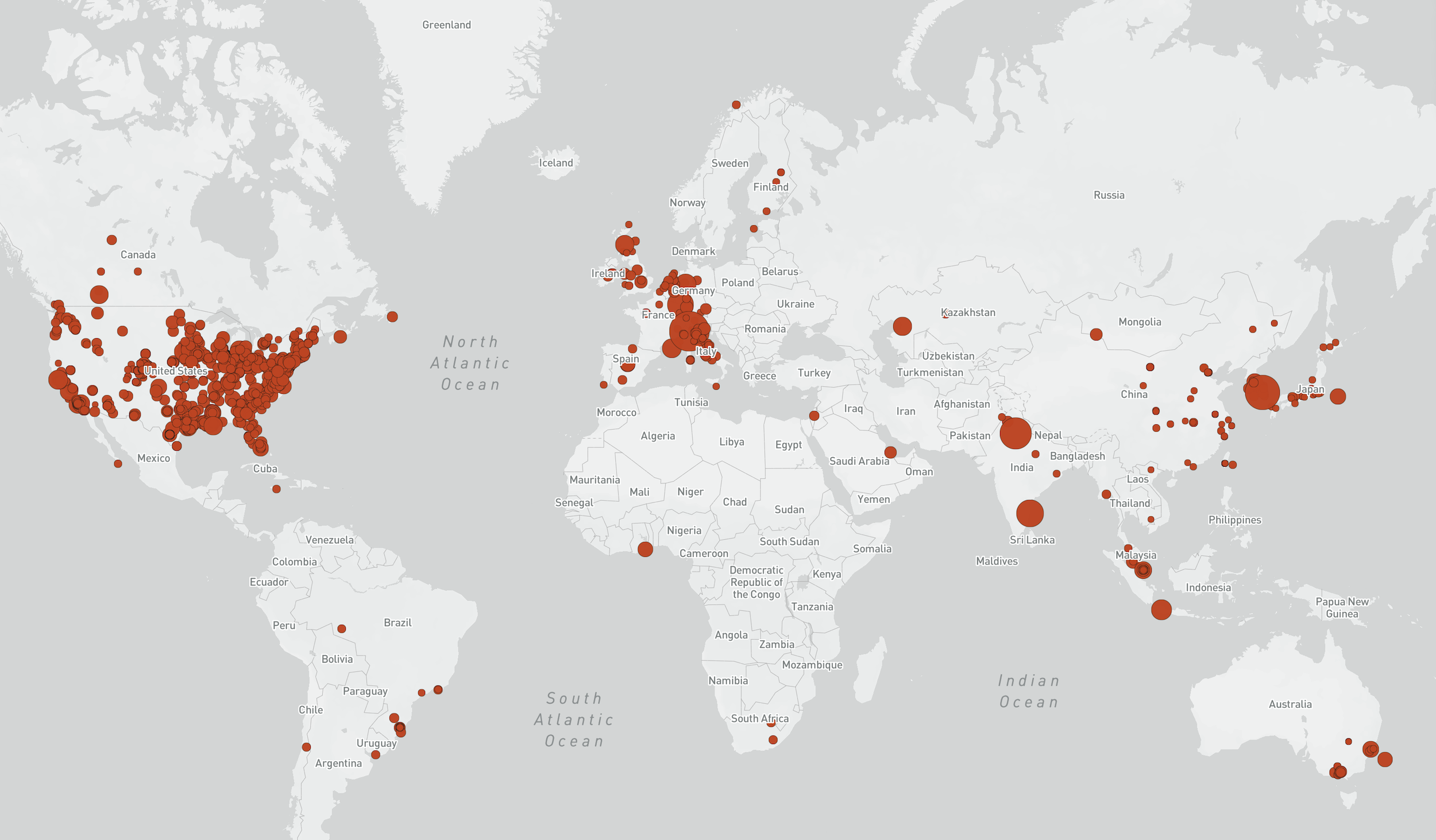The below Yahoo article echoes what
CDC data is telling us - there's a downward trend in vaccines administered.
View attachment 553952
Orange County Major Jerry Demings announced that all mask mandates would be lifted when 70% of local residents age 16+ receive their first dose, and/or the county's 14-day rolling positivity rate drops to 5% or below. He also stated that this had been discussed with park operators.
My interpretation is that Demings and Disney believe it will be nearly impossible to achieve an 85% vaccination rate in the United States.

All signs point to WDW returning to near-normal before the federal government recommends it.

------------------------------------------------------------------------------------------------------------------
Andrew Romano
·West Coast Correspondent
Sat, May 1, 2021, 10:49 AM
The U.S. is about to run out of adults who are ready and willing to get vaccinated against COVID-19, according to a new Yahoo News/YouGov poll.
The survey of 1,558 Americans 18 or older, which was conducted from April 27 to April 29, found that while the number who say they have already been vaccinated (57 percent) has continued to climb in recent weeks,
just 6 percent now say they have not yet been vaccinated but plan to get a shot “as soon as it is available to me.”
That’s down from 35 percent in February and 17 percent earlier in April.
At the same time, the share of adults who say they are unsure (7 percent), are waiting to see “what happens to others before deciding” (10 percent) or will “never” get vaccinated (20 percent) has not budged.
The implication is stark: Unless many of the unvaccinated Americans who have been saying for months that they’re waiting or unsure have a sudden change of heart,
fewer than 65 percent of U.S. adults are likely to be inoculated against COVID-19 this spring — far short of the level experts say is required for the kind of lasting population-wide protection known as herd immunity.
Reaching that threshold — the point when an estimated 80 percent of all Americans regardless of age have been vaccinated and the coronavirus runs out of potential hosts — would then require an additional 96 million U.S. residents to be vaccinated, a process that could presumably begin when regulators approve the COVID vaccines for use in children.
The only problem? There are just 73 million minors in the entire country, and nowhere near all of them will be vaccinated.
Herd immunity through vaccination, in other words, seems almost certain to elude the U.S. — an outcome that has become increasingly plausible in recent weeks as
vaccine supply outstrips demand and the
average number of daily doses administered starts to slip.
This doesn’t mean the pandemic will never subside in the U.S. The immunity induced by prior infection is also powerful (
if less so) and tens of millions of Americans have already been infected, further limiting the virus’s opportunities for transmission. In the poll, 44 percent of respondents say America has gotten past the worst of the pandemic, and they’re probably correct. Just half that number (22 percent) say the worst is yet to come.
But the U.S. may head into the colder fall and winter months with more lingering vulnerability to outbreaks than a country like Israel, where a full 80 percent of adults have already been vaccinated. (In line with the Yahoo News/YouGov poll, the Centers for Disease Control and Prevention
reports that 55.4 percent of U.S. adults have been vaccinated.)
“The summer is here and people are outside and nobody seems like they’re dying every day,” explains Yahoo News Medical Contributor Dr. Kavita Patel, a Brookings Institution health scholar and former Obama administration official. “People think, ‘Right. I’m done. I don’t need to get vaccinated.’ So we’re probably going to hit 60 to 65 percent [vaccinated] and have to get used to a couple hundred COVID deaths a day. That’s the price we’re going to have to pay.”
The Yahoo News/YouGov poll hints at which communities could have lower levels of vaccination and thus higher risk.
While 73 percent of Democrats say they’ve already been vaccinated and another 7 percent say they plan to get a shot as soon as possible, just 56 percent and 4 percent of Republicans, respectively, say the same — a potential 20-point immunity gap. The gap between Joe Biden voters (83 percent plus 6 percent) and Donald Trump voters (57 percent plus 3 percent) is even larger.
The lower you are on the income ladder, the less likely you are to be vaccinated, with the number of vaccinated (74 percent) or eager (5 percent) Americans making $100,000 or more per year far exceeding the same numbers (49 percent and 7 percent) among those making less than $50,000. And while efforts to overcome access issues and historical distrust in Black communities have helped, Black Americans continue to rank among the least likely to say they have already been vaccinated (50 percent) and the likeliest to say they will “never” get jabbed (24 percent).
The CDC’s decision last month to pause the Johnson & Johnson vaccine while officials investigated a handful of “extremely rare” blood clotting incidents — and then to resume its use after the risk was confirmed to be vanishingly small and limited to women ages 18 to 48 — has not improved the situation. Although most Americans (67 percent) say pausing was the right decision, just 47 percent say unpausing was wise, and the public is now divided over whether the J&J vaccine itself is safe (44 percent) or unsafe (36 percent) as a result. The Pfizer and Moderna vaccines do not have the same perception problem: 65 percent of Americans consider them safe, with a full 44 percent and 40 percent, respectively, saying they’re “very safe.” Just 18 percent say the same about J&J.
This suspicion is especially detrimental because the single-dose, refrigeratable Johnson & Johnson vaccine is well suited for reaching underserved communities. Just 27 percent of Americans who remain hesitant (either waiting to see or unsure) now say the J&J vaccine is safe, while a full 43 percent of these hesitant Americans say it’s unsafe. Again, hesitant Americans do not harbor the same fears about Pfizer (51 percent safe vs. 14 percent unsafe) or Moderna (49 percent safe vs. 13 percent unsafe).
On the bright side, broader fears about COVID-19 continue to wane. While a majority of Americans (57 percent) continue to be very or somewhat worried about the virus, that number is the lowest in any Yahoo News/YouGov poll since early March 2020 — the start of the pandemic in the U.S.
Likewise, the share of Americans who say they wore a mask always or most of the time this past week (72 percent) is at its lowest level since July 2020, and less than half (48 percent) now say they always wear a mask outside their home, down from 55 percent in early April.
But even those figures carry with them a note of caution.
While 54 percent of Americans who’ve had at least one vaccine shot continue to “always” mask up in public, just 41 percent of unvaccinated Americans say they do the same.



